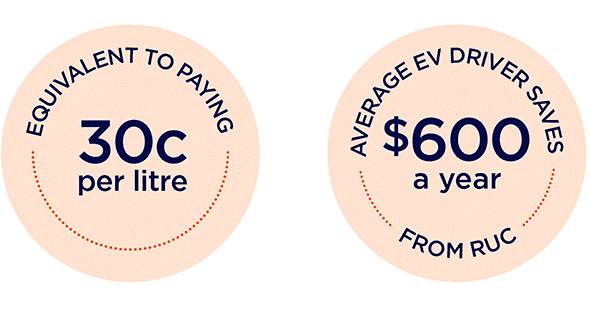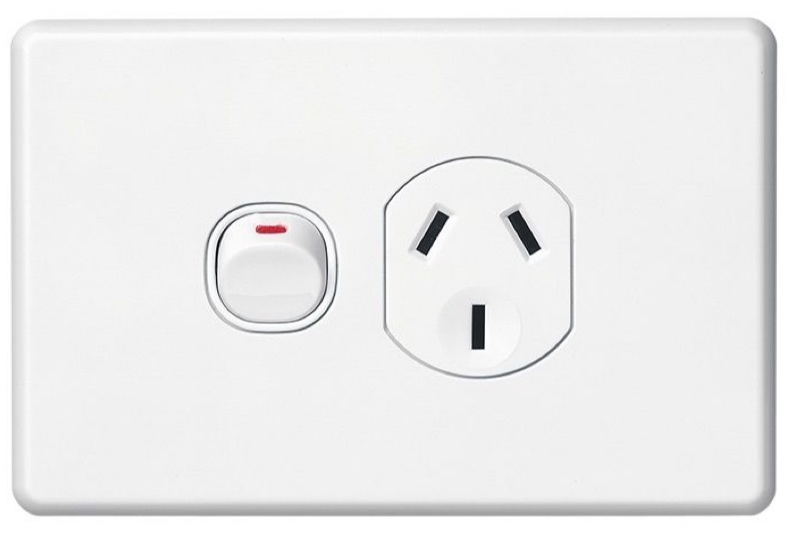Reasons for choosing an EV
Open all sections
Close all sections
– Government figures
Everyone has their favourite youtube video for explaining EVs.
This one provides a good, balanced point of view:
Youtube – Engineering Explained
– EVs are cheap to run
The fuel costs of an EV are far cheaper than petrol and maintenance costs are also lower.

Carboncounter.com
provides an interactive chart that shows the average running costs of
different types of vehicles against their lifetime greenhouse gas emissions.
EVs are consistently among the cheapest vehicles to run.
– Total cost of vehicle ownership tool - EECA
Comparing the purchase cost, fossil fuel savings, reduced maintenance costs,
future resale value and the cost of charging can be difficult.
EECA has published a tool to help owners estimate the cost of owning an electric
vehicle over time and compare that to cost of owning other vehicles.
The tool lets you compare the overall cost of owning different vehicles over
different time periods.
– EVs are environmentally friendly
Over 30% of our national greenhouse gas emissions come from the “light passenger and commercial vehicle fleet”, i.e. cars.
EVs don’t need petrol. Any CO2 they emit while being driven comes from generating the electricity to power them.
In New Zealand, our electricity is usually around 80% renewable (hydro, geothermal, solar and wind),
this means driving an EV emits 85% less greenhouse gas than an equivalent petrol vehicle.
Transport currently accounts for almost 39% of NZ’s carbon emissions. Of this amount, 89%
is from road transport, with the majority (81%) from the light passenger and commercial vehicle fleet.
For more information on emissions in NZ, try the NZ statistics website:
Over their whole life, EVs emit 60% fewer greenhouse gas emissions than petrol vehicles,
even when you take into account mining, manufacturing and shipping.
For more information on why EVs are good for New Zealand, have a look at the Ministry of Transport fact sheet:
MoT NZ electric vehicles fact sheet
Carboncounter.com
was developed by MIT. It provides
an interactive chart showing the lifetime cost of running different vehicles against their
carbon emissions and the world’s 2030 emission targets. EVs are the lowest-emitting vehicles
on the chart, well within the 2030 average emissions target.
– EVs have decent range
While early EVs had a range of between 80 and 130km, most EVs now have a range of between 150 and 250km.
The next generation of EVs will have even more.
95% of most daily travel demand in New Zealand is for distances less than 120km
and the average driver only travels about 28 km
day (different sources may also say
the average is between 32 and 45km on weekdays), which is within range of even the least expensive EV.
– No more petrol stations
Every house with an electrical outlet socket is a potential EV charging station.
You can charge your vehicle overnight using the same 230v electrical socket that your phone’s charger plugs in to.

You can wake to a “full tank” every morning, saving you money and time.
If you have high travel demands or an EV with a big battery, you can also install
a faster charging station in your garage.
– Instant torque
EVs can accelerate quickly and smoothly from a standing start. They have no gears
to shift through and can apply full power as soon as you touch the accelerator.
EVs climb hills more easily, smoothly and quietly than a combustion engine.
Regenerative braking also means they can regain energy while reducing wear
and tear on the braking system while braking or travelling downhill.
– EVs can tow
Not many EVs come with a tow hitch, but most can be fitted with one.
The Tesla Model X, Mitsubishi Outlander PHEV and Kia e-Niro can come with tow hitches fitted.
The Nissan Leaf can be fitted with an aftermarket towbar. For other vehicles,
ask any towbar specialist if your EV can be fitted with a towbar.
– EVs handle well
The weight of the battery pack gives EVs a lower centre of gravity.
A lower centre of gravity, instant torque and modern car systems means EVs
generally provide superior handling and are less likely to roll.
– EVs are safer in accidents
EVs and hybrids generally have higher safety ratings than other vehicles, and
you can check the specific safety rating on each vehicle’s page in this guide.
Per km driven, EVs are less likely to catch fire in a crash than petrol or diesel vehicles.
– Reduced offshore energy dependence
EVs fuel up using renewable energy that is generated locally in New Zealand,
instead of fossil fuels that are imported from overseas.
Currently New Zealand spends $9 billion annually on imported oil. By driving EVs
we can use that money to pay for power infrastructure and projects that create
new jobs and strengthen our economy.
– Better air quality
Particulate emissions from the exhaust of petrol and diesel cars are harmful
to human health and degrade air quality.
Air pollution from roads causes at least €70bn ($122bn NZD) in health damage every year in the European Union.
The New Zealand 2012 Health and Air Pollution report found that harmful emissions
from vehicles cost New Zealanders $496 million annually in health impacts and
contribute to the premature death of 256 people each year. EVs don’t use petrol or diesel.